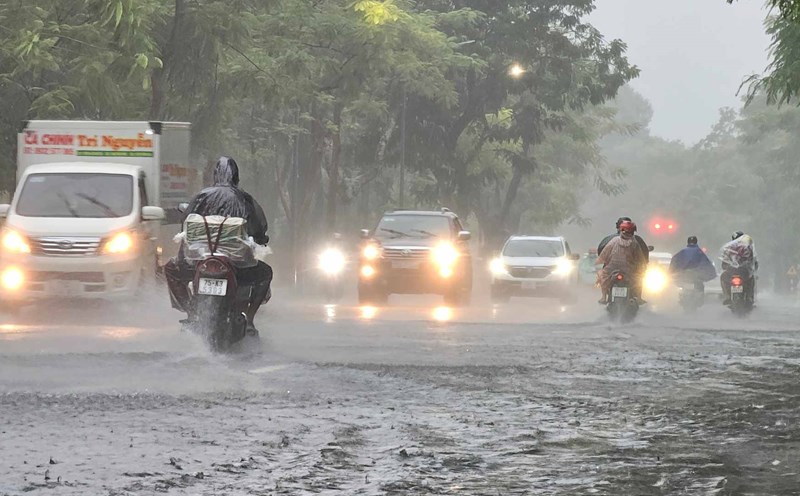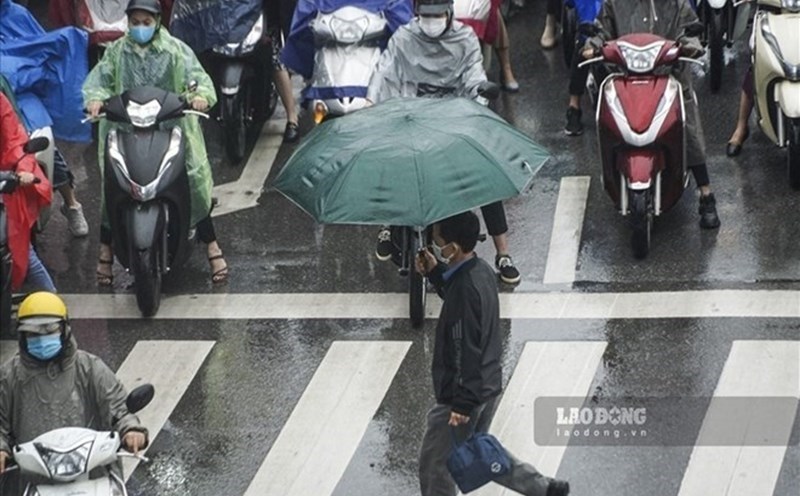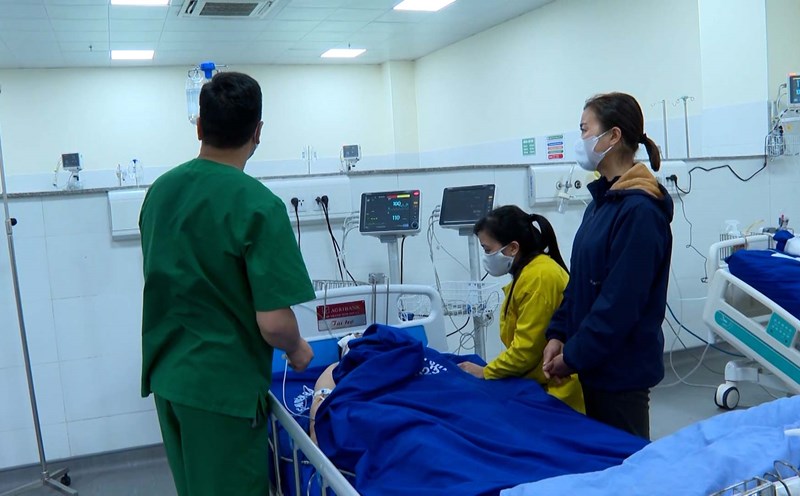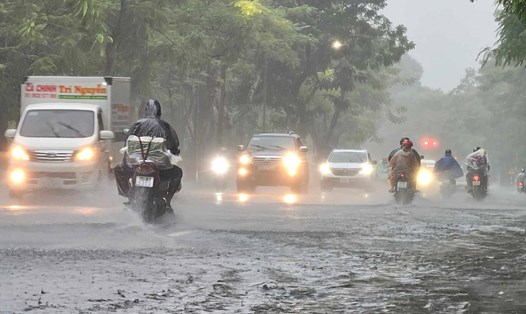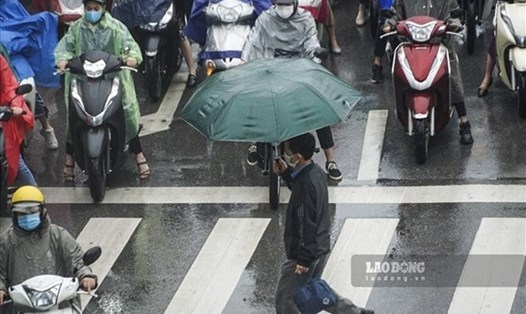This morning, February 22, the North continued to record the phenomenon of light rain, drizzle and fog due to the cold air shifting eastward, causing moisture.
According to the National Center for Hydro-Meteorological Forecasting, also this morning, a part of the cold air mass is moving south.
Around the morning of February 23, this cold air mass will affect the Northeast region, then affect the North Central region, Northwest and Central Central regions. The northeast wind inland is strong at level 3 - 4, coastal areas at level 4 - 5, with gusts of level 6 in some places.
On the night of February 23, the North will be very cold, with some mountainous areas experiencing severe cold; the North Central region will be cold, with some mountainous areas experiencing severe cold. Due to the influence of the strengthening cold air combined with the strong wind in the high-altitude West wind zone on February 23 - 24, the Northern and North Central regions will have rain and light rain.
The meteorological agency warns that the cold weather is likely to affect livestock and poultry; affecting the growth and development of crops.
The Northern region has the lowest temperature generally from 11 - 14 degrees Celsius, in high mountainous areas below 7 degrees Celsius. The average temperature is about 15 - 17 degrees Celsius; in mountainous areas 13 - 15 degrees Celsius, in some places below 13 degrees Celsius.
The Hanoi area will be very cold from the night of February 23. The lowest temperature in this cold air mass is generally 12 - 14 degrees Celsius.
The North Central region has the lowest temperature commonly 13 - 17 degrees Celsius.
The Central Central region has the lowest temperature commonly 17 - 20 degrees Celsius.

